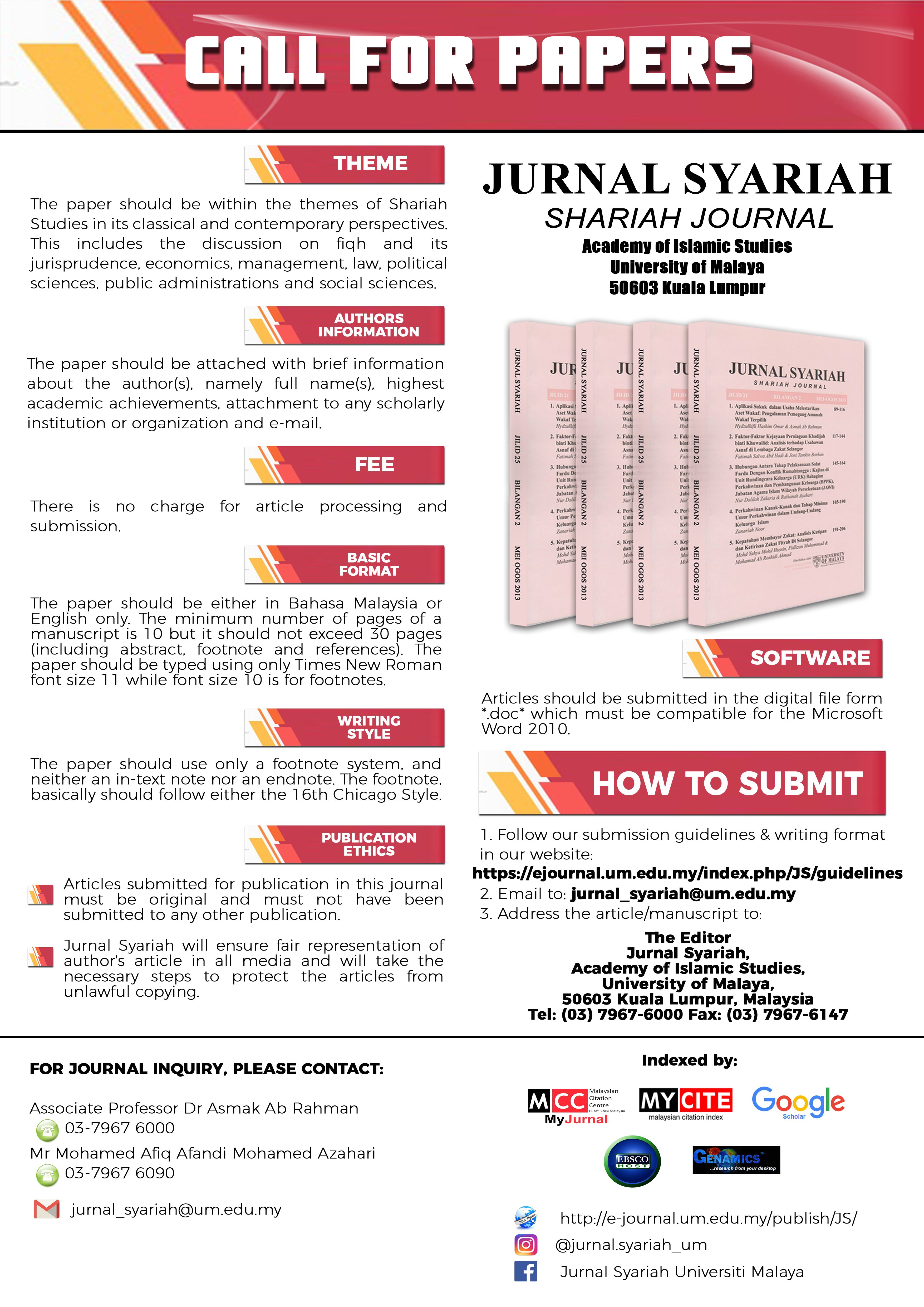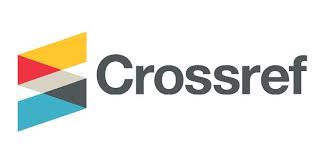APLIKASI KONSEP KHULTAH DALAM PENGIRAAN ZAKAT DI MALAYSIA: ANALISIS ISU, CABARAN DAN PENYELESAIANNYA
Application of Khultah Concept in Zakah Calculation in Malaysia: Analysis of Issues, Challenges and Its Solutions
DOI:
https://doi.org/10.22452/js.vol25no2.2Abstract
The concept of khultah in the discussion of zakah connotes a mixure of zakatable assets owned by several owners and calculated as a single entity. In the contemporary period, many zakatable assets are being kept in a common fund that fits the definition of khultah of zakah, and is thus subject to the zakah obligation. This includes cash deposited in accounts, such as the Tabung Haji fund; accounts in banks, such as savings, checking, and investments accounts; Employees Provident Fund (EPF); as well as corporations, etc. However, looking at the current practices of zakah calculation, it is evident that the khultah concept has been neglected. In fact, its practice and implementation among the zakah collection bodies have not been standardized. Using the literature review methodology, this article aims to examine the views of Islamic jurists on the concept of khultah and its implementation and constraints that limit its implementation and any proposed resolutions, and how this concept can benefit the zakah authorities. This research has found that although the concept of khultah in zakah collection faces many challenges for implementation it can be optimized in expanding zakah collection, thus empowering its role in fulfilling the needs of the Muslim society.
Downloads
Downloads
Published
How to Cite
Issue
Section
License

This work is licensed under a Creative Commons Attribution-NonCommercial 4.0 International License.
COPYRIGHT: All rights reserved. Not allowed to be reproduced any part of articles and contents of this journal in any form or by any way, whether electronic, mechanical, photocopying, recording or otherwise without permission in writing from the Chief Editor, Jurnal Syariah.



















